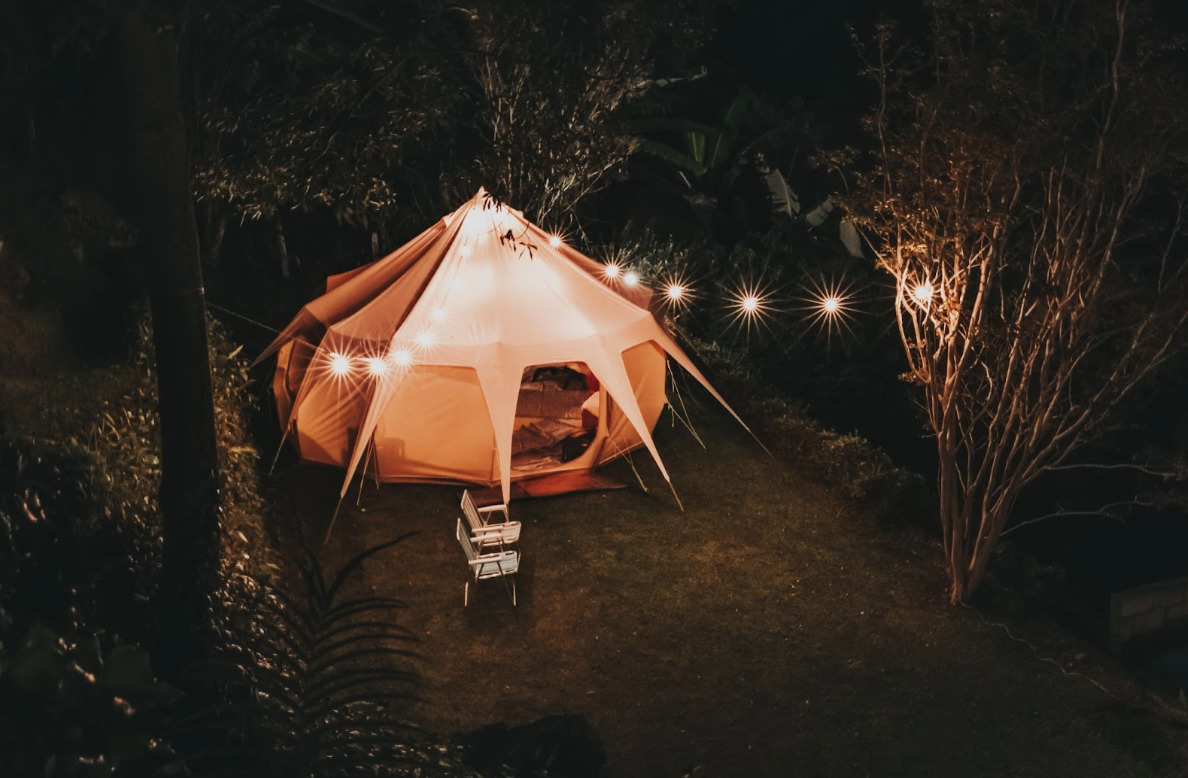
There’s something magical about a well-lit outdoor space. It can transform a simple garden into a stunning retreat, a place where you can escape the hustle and bustle of everyday life. In this article, we will delve deep into how you can use lighting to turn your outdoor spaces into luxurious sanctuaries.
1. Understanding the Power of Outdoor Lighting
Outdoor lighting serves multiple purposes. It’s not just about visibility; it’s about creating ambiance, enhancing safety, and highlighting the beauty of your outdoor space. For example, according to a study by the University of Minnesota, well-lit landscapes can significantly increase the perceived value of homes.
2. Knowing Your Space
Before you start shopping for lights, take time to understand your space. What are its best features? Maybe it’s a grand old tree, a beautiful water feature, or a unique architectural detail of your home. Once you know what to highlight, you can choose the right type of lighting.
3. Layering Your Lights
A concept often used in interior design, layering light can also be applied outdoors. This involves using a combination of ambient (general), task (specific), and accent (decorative) lighting.
For instance, for a cozy reading nook in your garden, you can install an overhead lamp for ambient light, a spotlight on your book, and a few fairy lights around the area for accent lighting.
4. Choosing the Right Light Fixtures
The market is teeming with different types of outdoor light fixtures. Here are some examples:
String Lights: These are great for creating a festive, warm atmosphere. They are perfect for patios, decks, and pergolas.
Lanterns: These can serve as both task and accent lighting. They’re portable and can add a touch of elegance to your space.
Spotlights: These are ideal for highlighting specific features of your garden.
Path Lights: These ensure safety by illuminating walkways and entryways.
Deck Lights: These are installed into your deck and provide a subtle glow that can outline the area.
5. Exploring Different Lighting Techniques
Using different lighting techniques can help you achieve a variety of effects in your outdoor space. Here are some examples:
Uplighting: This involves placing lights at ground level and pointing them upwards. It’s great for highlighting trees, statues, or architectural details.
Downlighting: Also known as moonlighting, this technique mimics natural light. Lights are placed high up and aimed downwards, creating a gentle, diffused light.
Cross Lighting: This involves illuminating an object from two different points. It provides a balanced light and reduces shadows.
Silhouetting: In this technique, a light is placed behind an object, directed toward an adjacent wall. The object is dark, creating a silhouette effect.
6. Creating a Lighting Plan
A lighting plan is a blueprint of where to place your light fixtures. Start by sketching your outdoor space, marking key features, pathways, seating areas, etc. Then decide where each type of light should go. Remember to consider practical aspects like power sources and how to hide the wiring.
7. Prioritizing Energy Efficiency
With today’s technology, there’s no reason to compromise on energy efficiency when designing your outdoor lighting. LED lights, for example, use up to 80% less energy than incandescent bulbs and last much longer, according to the U.S. Department of Energy. Solar-powered lights are another great option, especially for areas that receive a lot of sunlight.
8. DIY or Hire a Professional?
While installing outdoor lighting might seem like a daunting task, many homeowners successfully do it themselves. There are plenty of online guides and tutorials available. However, for more complex projects, or if you’re unsure about dealing with electricity, hiring a professional might be a safer option. You can find experienced lighting professionals like Blingle that are dedicated to designing and installing outdoor lighting.
9. Maintaining Your Outdoor Lighting
Regular maintenance is crucial to keep your outdoor lighting looking great and working well. This includes cleaning the fixtures, replacing burnt-out bulbs, and checking for any damage to the wires.
In conclusion, outdoor lighting is a powerful tool that can transform your outdoor space into a luxurious retreat. By following these tips, you can create an outdoor haven that’s not only beautiful but also sustainable. Whether you choose to DIY or hire a professional, the result will undoubtedly enhance your home’s appeal and provide you with a space to relax and entertain in style.
